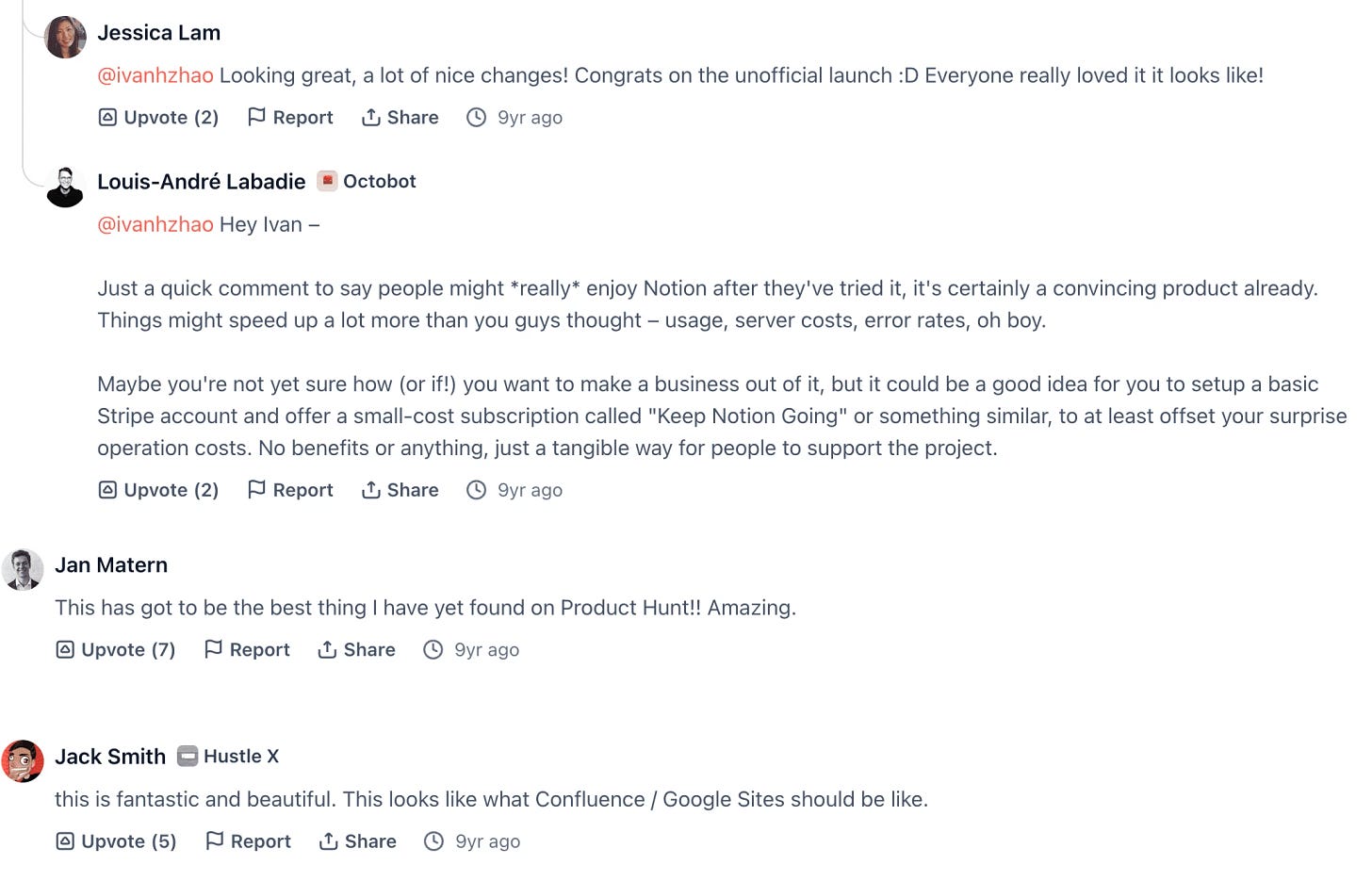How Notion Rebuilt Itself from the Brink—and Quietly Redefined Productivity for the Internet Age
How Notion Rebuilt Itself from the Brink—and Quietly Redefined Productivity for the Internet Age
Notion is an anomaly.
It did not launch with a bang, nor did it rely on sleek marketing campaigns or Silicon Valley bravado. Instead, it crept quietly into the workflows of millions—students, creators, startups, and Fortune 500s alike—redefining how digital workspaces should feel: calm, intuitive, infinitely customizable.
But the Notion we see today—a sleek, all-in-one workspace for notes, databases, wikis, and tasks—was born not from triumph, but from near-failure. Its journey reveals a deep lesson in behavioral alignment, cognitive load, and the psychological art of designing for human agency.
The Fall Before the Rise
Founded in 2014, Notion’s early ambition was bold: empower anyone to build their own productivity system without writing a single line of code. It sounded utopian, even poetic. But its first version, released in 2015, collapsed under the weight of its own complexity.
The founding team, just four people, burned through most of their angel investment within a year. CEO Ivan Zhao later admitted their mistake: “We were obsessed with what we wanted to build for the world, instead of listening to what the world was actually asking for.”
In behavioral terms, they had over-indexed on creator intent and under-indexed on user friction. The product wasn’t failing because it lacked vision—it was failing because it ignored cognitive ergonomics.
The Kyoto Retreat: Designing for Stillness
In 2016, the team made a radical move: they left San Francisco and relocated to Kyoto. In the quiet rhythm of Japan’s ancient capital, they rewrote the product from scratch. This wasn’t just a code rewrite—it was a philosophical reorientation.
Stability, offline access, and intuitive interaction design became the new cornerstones. The team prioritized interface clarity over feature richness, an approach grounded in the behavioral psychology principle of choice architecture—limit the number of decisions a user must make to increase satisfaction and reduce overwhelm.
Notion 2.0: The Psychology of Momentum
In 2018, they launched Notion 2.0 on Product Hunt. This time, something clicked. The app, which fused note-taking, kanban boards, documents, and databases in a seamless visual interface, earned over 4,400 upvotes. Tech press declared it “the Evernote killer.”
But this was more than a tech upgrade—it was a behavioral turning point. Notion 2.0 aligned with a fundamental truth in social physics: people adopt tools that mirror the way they already think and collaborate. It was a system that bent around the user—not the other way around.
Growth Without Ads: A Masterclass in Product-Led Virality
Between 2018 and 2019, Notion surged past 1 million users. By 2020, it had topped 4 million—all without paid advertising.
In Japan, where marketing is often synonymous with big-budget campaigns, Notion followed a different script: none. Instead, it leaned fully into Product-Led Growth (PLG)—letting the quality and adaptability of the experience itself drive adoption.
The core psychological loop? “This works for me, so I’ll use it everywhere.” Then: “Everyone around me is using it, so I have to as well.” This is textbook social contagion theory—virality not through manipulation, but through meaningful utility and community trust.
The COVID Catalyst: Behavioral Nudging at Scale
In April 2020, Notion raised funding at a $2 billion valuation. A month later, in response to rising remote work, it removed block limits from its free plan. This wasn’t a random act of generosity—it was a behavioral nudge.
By eliminating friction for individual users during a time of global transition, Notion created a domino effect: teams adopted it not just because it was free, but because it had already embedded itself into their personal lives.
By 2021, an estimated 90% of Notion’s user growth was still organic.
Engineering Belonging: The Community Flywheel
Once scale arrived, Notion did what few PLG companies manage well: it added scaffolding without losing soul. The team rolled out global meetups, each led by regional ambassadors—users turned advocates. The events weren’t just marketing—they were rituals that reinforced belonging.
Notion also partnered with Y Combinator and 500 Startups to offer $1,000 in free credits to founders. The psychological angle? Startups build their infrastructure early. Embed Notion into their habits now, and you shape their defaults for years to com.
From Productivity Tool to Quiet Infrastructure
Today, Notion is more than a workspace app—it’s a cultural operating system. It embodies a new class of software: deeply customizable, visually malleable, and behaviorally aligned. It respects your brain’s wiring. It bends to your logic. And it spreads because it gives people ownership over their work—not just tools to manage it.
It didn’t arrive by shouting, but by listening. Not to trends or investors, but to the quiet patterns of how people actually think, collaborate, and create.
And that, more than any feature or valuation, is why Notion endured.
Keep reading with a 7-day free trial
Subscribe to Consumer App Lab to keep reading this post and get 7 days of free access to the full post archives.






